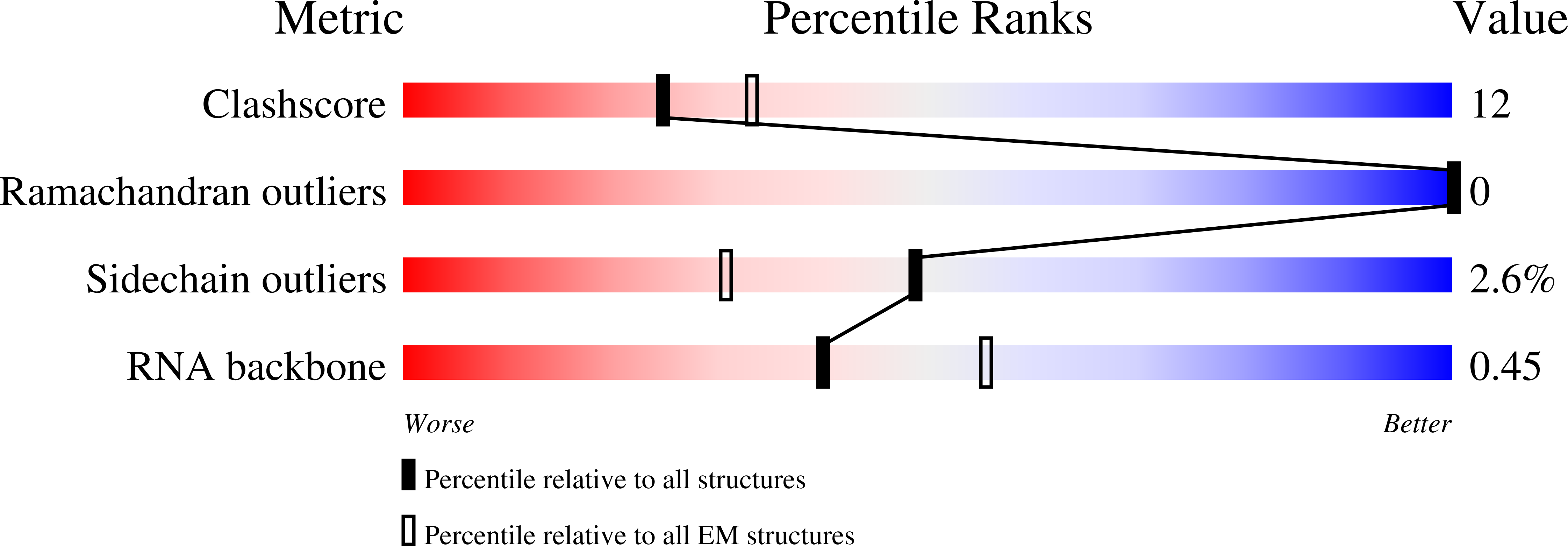
Deposition Date
2022-08-29
Release Date
2022-11-16
Last Version Date
2025-07-02
Entry Detail
PDB ID:
8AW3
Keywords:
Title:
Cryo-EM structure of the Tb ADAT2/3 deaminase in complex with tRNA
Biological Source:
Source Organism:
Trypanosoma brucei brucei (Taxon ID: 5702)
Trypanosoma brucei (Taxon ID: 5691)
Trypanosoma brucei (Taxon ID: 5691)
Host Organism:
Method Details:
Experimental Method:
Resolution:
3.60 Å
Aggregation State:
PARTICLE
Reconstruction Method:
SINGLE PARTICLE


